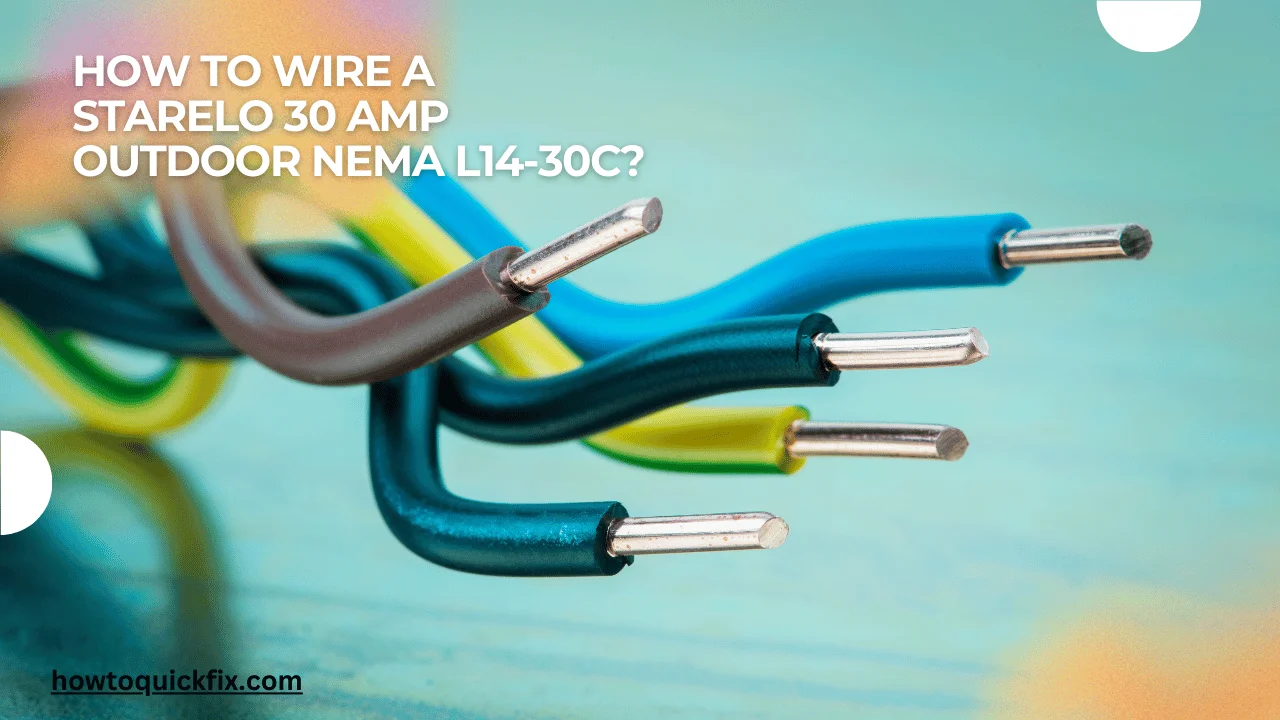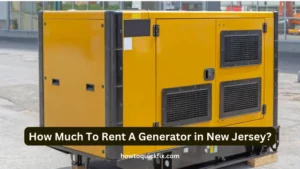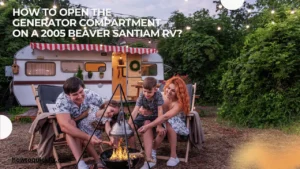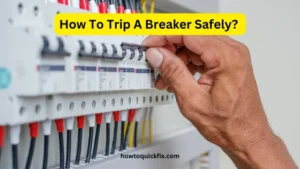Wiring electrical components can often feel like navigating a maze—complex, technical, and daunting. But when you’re dealing with outdoor electrical outlets like the Starelo 30 Amp Outdoor NEMA L14-30C, understanding the wiring process becomes not just a necessity but an empowering skill.
Whether you’re installing a new generator inlet, RV hook-up, or another heavy-duty appliance that requires a reliable power source, getting the wiring right is critical to ensure safety and efficiency.
The Starelo 30 Amp Outdoor NEMA L14-30C is a highly popular choice for high-power outdoor connections, especially when you need to connect generators or other high-energy devices.
This blog post will guide you through the entire process of wiring this specific outlet, step-by-step, breaking down each phase to make it easier for you to understand and execute the installation safely.
Whether you’re a beginner or an experienced DIYer, this article aims to give you the confidence to wire your Starelo outlet properly and ensure your outdoor electrical system works seamlessly.
Contents
- 1 Understanding the Starelo 30 Amp Outdoor NEMA L14-30C
- 2 Tools and Materials Needed for Wiring
- 3 Step-by-Step Guide to Wiring the Starelo 30 Amp NEMA L14-30C
- 4 Ensuring Safety and Testing the Outlet
- 5 Troubleshooting Common Issues
- 6 Conclusion
- 7 FAQ’s
- 7.0.1 What is a NEMA L14-30C outlet?
- 7.0.2 Can I use a 10-3 gauge wire for this outlet?
- 7.0.3 What tools do I need to wire a Starelo outlet?
- 7.0.4 How do I connect the wires to the Starelo NEMA L14-30C outlet?
- 7.0.5 What if the outlet isn’t powering devices?
- 7.0.6 Is the Starelo 30 Amp outlet weatherproof?
Understanding the Starelo 30 Amp Outdoor NEMA L14-30C
Before diving into the wiring process, it’s important to first understand what you’re dealing with. The Starelo 30 Amp Outdoor NEMA L14-30C is a heavy-duty outdoor electrical outlet designed for high-capacity applications.
It is commonly used in settings that require reliable 240V power, such as in RV parks, construction sites, and generator setups.
This outlet uses a 4-prong configuration that supports both neutral and grounding conductors, making it ideal for safely handling both 120V and 240V systems. The NEMA L14-30C design ensures that it can provide continuous 30 amps of power and handle equipment that requires higher electricity loads.
Knowing this will help you understand the power needs of the devices you’re connecting and how to wire them appropriately.
Tools and Materials Needed for Wiring
Before you start wiring, it’s essential to have the right tools and materials on hand. This ensures that your installation is safe and efficient, preventing mistakes that could lead to costly errors or safety hazards. Here’s a quick rundown of what you’ll need:
- Starelo 30 Amp Outdoor NEMA L14-30C outlet
- Electrical box (weatherproof, outdoor rated)
- 10-3 gauge wire (suitable for 30 amps)
- Wire stripper and crimping tool
- Screwdriver (flathead and Phillips)
- Drill (if you need to make holes for screws)
- Voltage tester (to ensure safety before installation)
- Electrical tape (for securing connections)
Make sure you have all the materials and tools ready, and double-check that they are rated for outdoor use to avoid future complications.
Step-by-Step Guide to Wiring the Starelo 30 Amp NEMA L14-30C
Now that you’re equipped with the necessary tools and materials, let’s walk through the step-by-step process of wiring the Starelo 30 Amp Outdoor NEMA L14-30C outlet.
- Turn Off Power: Before you do anything, ensure the power is turned off at the breaker panel. This is non-negotiable for your safety.
- Prepare the Wires: Strip the outer insulation from the 10-3 gauge wire (3 conductors: hot, neutral, and ground) using your wire stripper. Leave about 6-8 inches of exposed wire on each end to work with.
- Connect the Wires to the Outlet: The outlet has four terminal screws, and you need to connect the appropriate wire to each terminal:
- Hot wire (black): Connect this to the X or L1 terminal.
- Neutral wire (white): Connect this to the N or L2 terminal.
- Ground wire (green or bare): Connect this to the G terminal.
- Second Hot wire (red): This will also be connected to the second L1 terminal, making the system suitable for 240V applications.
- Secure the Wires: Tighten the screws to ensure the wires are securely attached to the terminals. Use electrical tape to wrap the ends of any exposed copper wire to avoid short-circuiting.
- Install the Outlet: Place the NEMA L14-30C outlet in its weatherproof electrical box. Attach the box to the wall or post where the outlet will be installed, ensuring it is secured tightly.
- Double-Check the Connections: Before covering up the outlet, test each wire connection with a voltage tester to ensure everything is properly set up.
Ensuring Safety and Testing the Outlet
Once the outlet is installed, it’s essential to verify that your installation is correct and safe. Here’s how you can ensure everything is working properly:
- Check for Short Circuits: Use a voltage tester to check for short circuits by testing between the terminals. You should not get any unexpected voltage readings.
- Test with a Load: After confirming that no short circuits are present, connect a small device (such as a lamp or a generator) to the outlet to test if it provides proper voltage and power. The device should work without any issues.
- Inspect the Outlet Regularly: Since this is an outdoor outlet, it’s important to inspect it regularly for any signs of weather damage, such as rust or wear on the terminals. Regular inspections ensure the outlet remains safe and functional over time.
Troubleshooting Common Issues
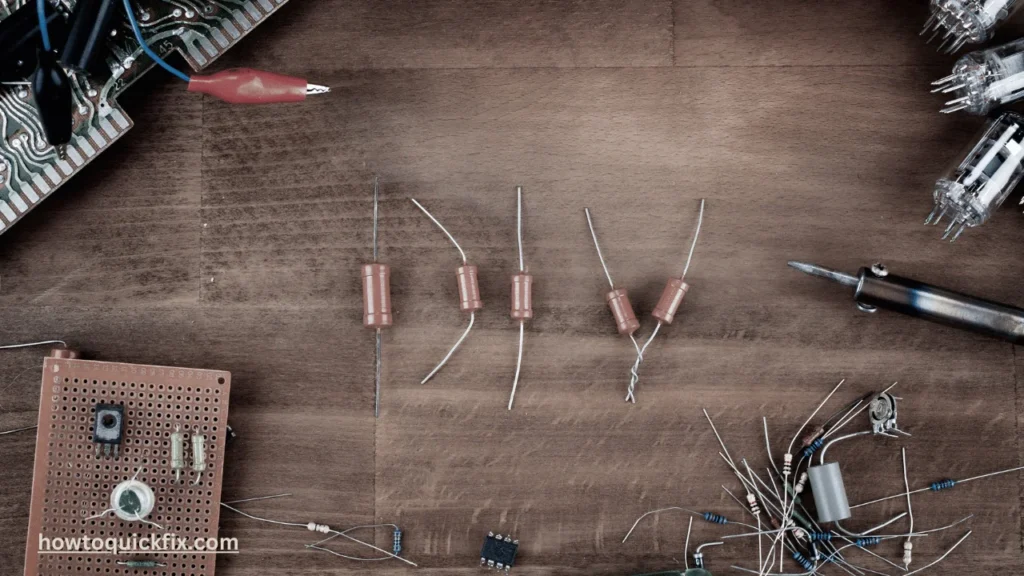
While wiring a Starelo 30 Amp Outdoor NEMA L14-30C outlet is generally straightforward, there are some common issues that may arise. Here are a few troubleshooting tips:
- Outlet Not Powering Devices: If the outlet doesn’t power devices, check to ensure the breaker is turned on. Also, confirm that the wiring is correctly connected to the terminals.
- Loose Connections: A loose wire connection can cause sparking or malfunction. If you experience this issue, re-tighten the terminal screws and double-check the wiring.
- Tripped Breaker: If the breaker keeps tripping, it could indicate an overload or a short circuit. Make sure the wires are properly insulated and not touching each other.
Conclusion
Wiring a Starelo 30 Amp Outdoor NEMA L14-30C outlet may seem intimidating at first, but with the right tools, materials, and a clear understanding of the process, it’s entirely manageable.
By following the detailed steps outlined above, you can ensure that your outdoor electrical system is safe, functional, and capable of supporting high-powered devices. Remember, safety is key—always double-check your connections and test the outlet before use.
By properly wiring the Starelo 30 Amp outlet, you’re not only enhancing the functionality of your outdoor space but also ensuring a secure and reliable power source for any high-demand equipment. Now, you’re ready to confidently install your outlet and tackle your next outdoor project!
FAQ’s
What is a NEMA L14-30C outlet?
A NEMA L14-30C is a 30-amp, 240-volt outdoor electrical outlet with a 4-prong configuration. It’s commonly used for generators, RV connections, and other high-power outdoor devices.
Can I use a 10-3 gauge wire for this outlet?
Yes, 10-3 gauge wire is suitable for a 30 amp circuit and will work perfectly for wiring the Starelo NEMA L14-30C outlet.
What tools do I need to wire a Starelo outlet?
You’ll need a wire stripper, screwdriver, voltage tester, and electrical tape. You should also have a weatherproof electrical box to house the outlet.
How do I connect the wires to the Starelo NEMA L14-30C outlet?
The black wire (hot) connects to the L1 terminal, the white wire (neutral) to the N terminal, and the green (or bare) wire (ground) to the G terminal.
What if the outlet isn’t powering devices?
Check the breaker to ensure it’s turned on and verify that the wiring is correctly connected. Also, make sure the voltage is correct.
Is the Starelo 30 Amp outlet weatherproof?
Yes, the Starelo outlet is designed for outdoor use and should be installed in a weatherproof electrical box to protect it from the elements.

